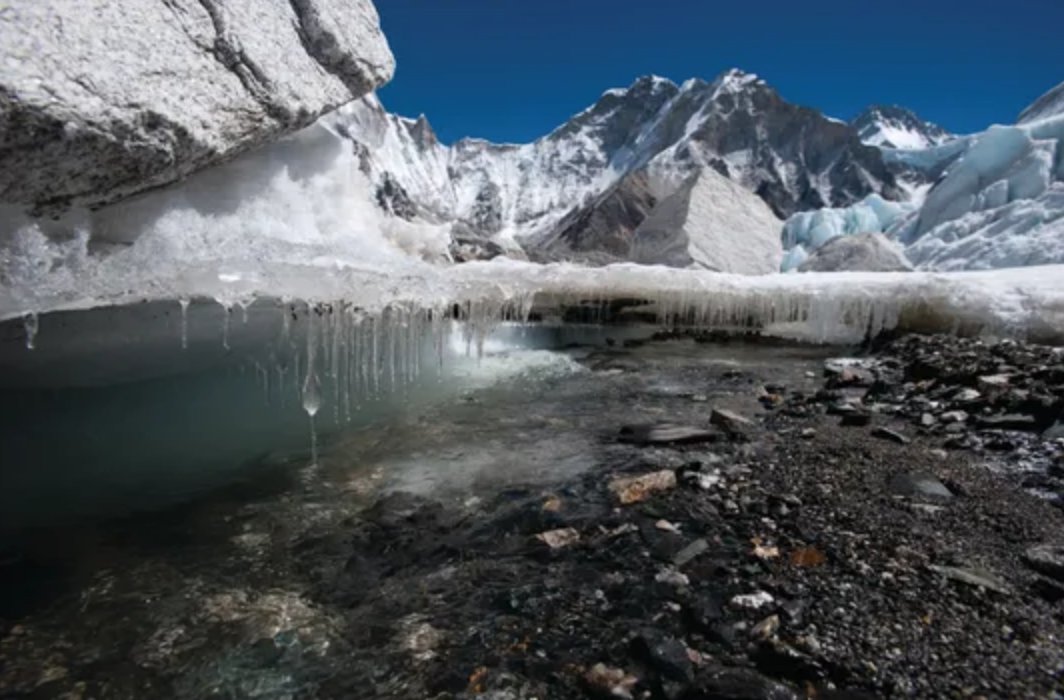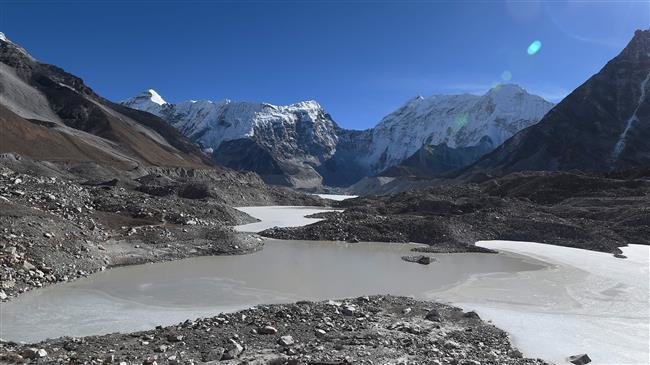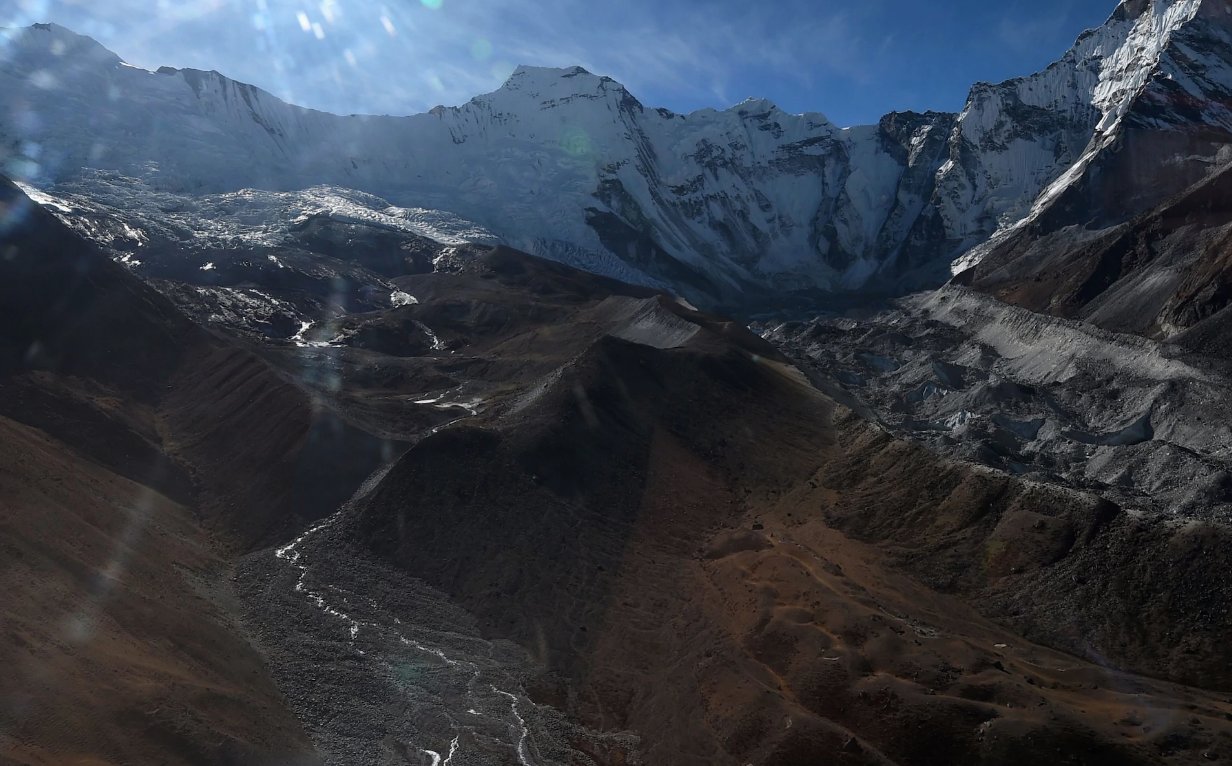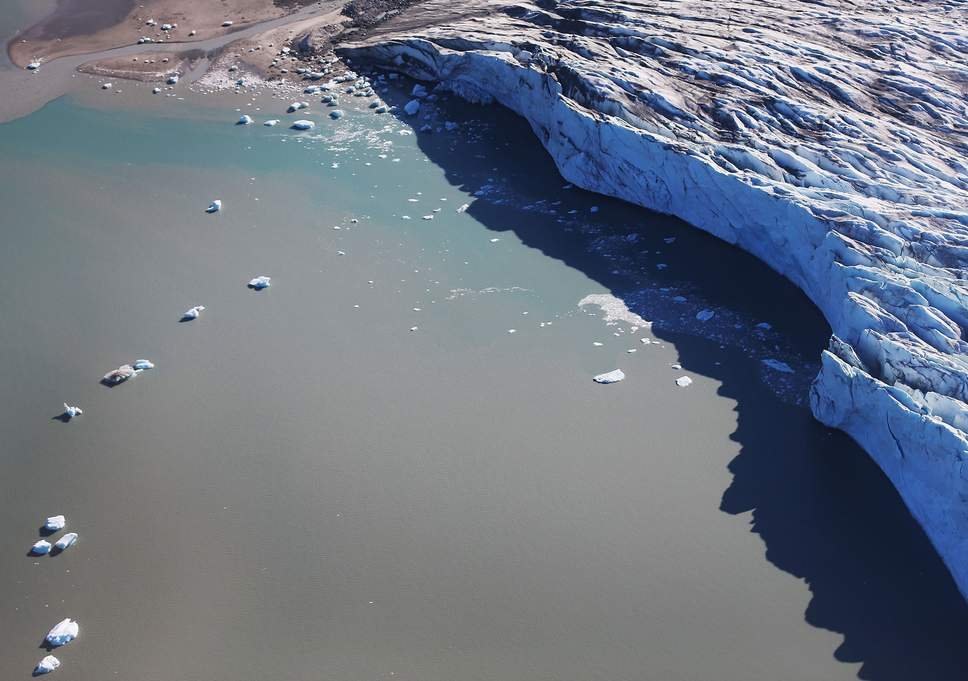If news of global warming didn't ring any bells before, a chain of events close to home might do it for you.
According to reports, two-thirds of Himalayan glaciers, the world’s “Third Pole”, could melt by 2100 if global emissions are not reduced in time.

Even though these mountains are a millions years old, their glaciers are extremely sensitive to global emissions and the resulting climate change. Over time, the glaciers have thinned down excessively and continue to do so.
What does that mean for us?
Their thinning down could spell doom for us because the Himalayan glaciers provide water for around 250 million people around the mountains and about 1.65 billion others in India, Pakistan, China and other nations.
Making matters worse, these very glaciers are the source for 10 of the world’s most important rivers, including the Ganges, Indus, Yellow, Mekong and Irrawaddy which are a major supply for people's incomes, their clean air and energy.
All of which will be drastically affected.

According to reports, even if the conditions of the aggressive 'Paris Agreement' are followed, we still might lose one-third of the glaciers.
The pollution is already at its worst and if the glaciers continue to melt at this rate, there are high chances of worsened air pollution and an even worse extreme weather.
India, already facing irregular weather, could be at the risk of facing an even worse monsoon.
It would mean dealing with many more natural hazards associated with extreme events for more than a billion people. Hundreds of risky glacial lakes could burst and unleash destructive floods, reports reveal.

A 650-page report was published by the International Centre for Integrated Mountain Development (ICIMOD) in Nepal where more than 350 researchers and policy experts,185 organisations, 210 authors, 20 review editors and 125 external reviewers came together to look for a solution.

No comments:
Post a Comment